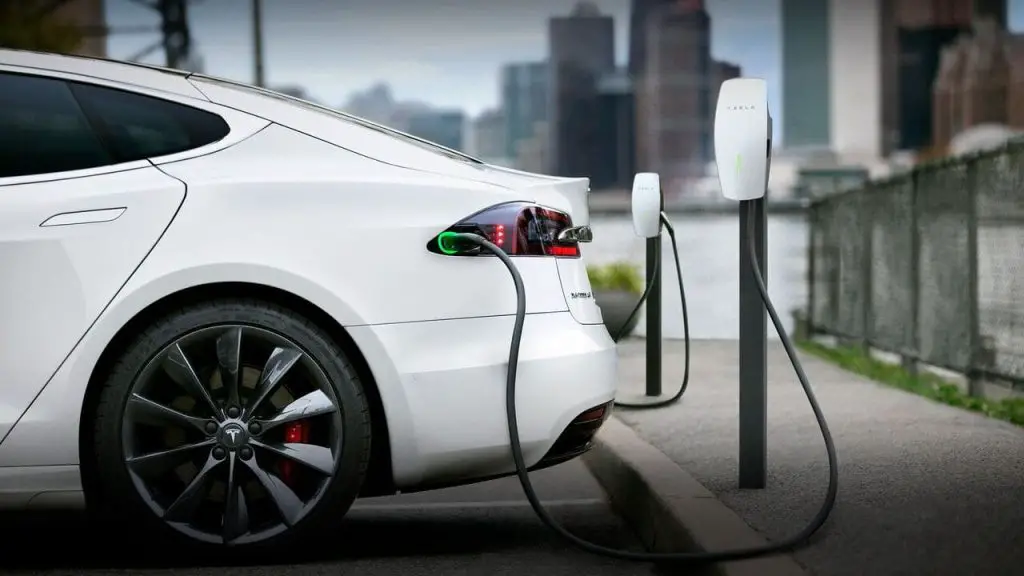Have you ever wondered what would happen if your Tesla runs out of battery? After all, traditional gasoline-powered vehicles don’t just stop. Instead, they warn us beforehand with a light or a sound that it’s almost time to go to a gas station.
Electric vehicles such as Tesla are becoming increasingly popular, and for good reason: they significantly reduce emissions and make driving more efficient and convenient. But with the many advantages of owning an electric car comes responsibility; you must ensure that you always have enough electricity to stay on the road.
So, what happens when an electric vehicle like a Tesla runs out of battery? How long will you be stranded in the middle of nowhere without access to power? Can a tow truck come to your rescue? This article will help answer these questions and provide tips for avoiding being stranded in case of an emergency.
What Is Tesla?
Tesla is an American electric car manufacturer founded by Elon Musk in 2003. It designs, manufactures, and sells electric cars, batteries, and solar panels through a network of stores and service centers.
Tesla’s mission is to accelerate the transition to sustainable energy by making affordable, factory-made electric cars with superior performance and range compared to traditional gasoline-powered vehicles.
Tesla currently offers several models of electric vehicles ranging from sedans to SUVs, all equipped with advanced features such as Autopilot technology, Supercharging capabilities, and more.
Understanding the Battery System in a Tesla

Tesla vehicles are powered by a lithium-ion battery system, which consists of a large number of individual battery cells housed inside a single module. The battery system is designed to be efficient and powerful, with an estimated range of up to 400 miles on one charge. The battery system also has the ability to quickly recharge in order to extend its range even further.
The Tesla battery system is designed for safety, as it uses advanced technology such as liquid cooling and thermal management to keep the car running smoothly. Additionally, Tesla offers a range of features such as regenerative braking and over-the-air software updates to maximize battery life.
Components and Structure of the Battery System
The components and structure of the battery system in a Tesla are designed to provide high levels of energy density. The cells are connected together in series to form one large battery, and the electronics work together to monitor and optimize performance. The cells are capable of providing quick acceleration on the highway and regenerative braking when coming to a stop, while also ensuring safety and efficiency.
Additionally, the software considers factors such as climate, terrain, and driver habits in order to maximize battery life. With all of these components working together, a Tesla can provide a long range on a single charge and help owners avoid being stranded due to a dead battery.
Charging Process and Timescales
Tesla vehicles are equipped with a charging port that can be used to recharge the battery system. Tesla vehicles can be recharged from either an AC or DC power source, making it easy to find a charging station when needed. The time it takes to charge a Tesla depends on the type of charger being used and the energy capacity of the vehicle’s battery.
Tesla’s Supercharger network is its fastest charging option, offering up to 250 kW of power to quickly restore the battery’s charge. Tesla vehicles can also be charged from home with a wall charger or portable plug-in device. This charging option is slower but more convenient, as it allows you to recharge your vehicle overnight.
What Happens When Tesla Runs Out of Battery?
If your Tesla runs out of battery, you may experience a loss of power and be unable to continue driving. This is known as “range anxiety”.
Range anxiety is a common concern among electric vehicle owners, as many worry about being stranded due to a dead battery. To avoid low battery levels, it is important to be aware of your car’s range and plan ahead for long-distance trips.
Additionally, it is important to check the battery level frequently and take measures such as regenerative braking to maximize the available range.
Tesla also offers a range of features and services to help owners stay informed and avoid running out of battery. The Tesla mobile app, for example, allows you to monitor and control your vehicle from anywhere.
Additionally, Tesla’s navigation system can plan routes based on the vehicle’s current battery level and estimated charging times at nearby Superchargers.
In the event that your Tesla runs out of battery, Tesla offers emergency roadside assistance to help get you back on the road. This service is available 24/7 and includes a range of features such as tow truck services, emergency charging, and flat tire repair.
Additionally, Tesla’s mobile app allows you to search for nearby charging points so you can easily find the nearest Supercharger or wall charger.
Conclusion
In conclusion, it is important to be aware of your vehicle’s range and plan ahead for long-distance trips in order to avoid running out of battery.
Additionally, Tesla offers a range of features and services such as the Tesla mobile app and emergency roadside assistance to help keep you informed and get you back on the road.



